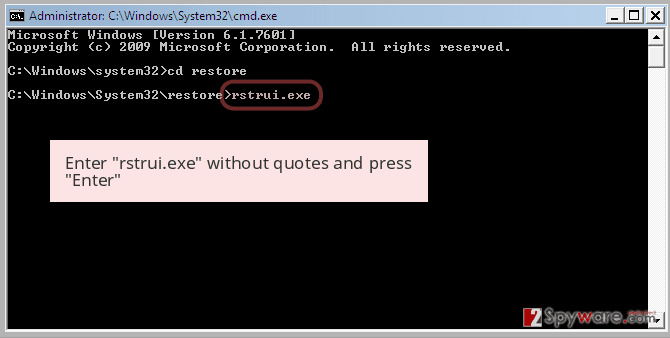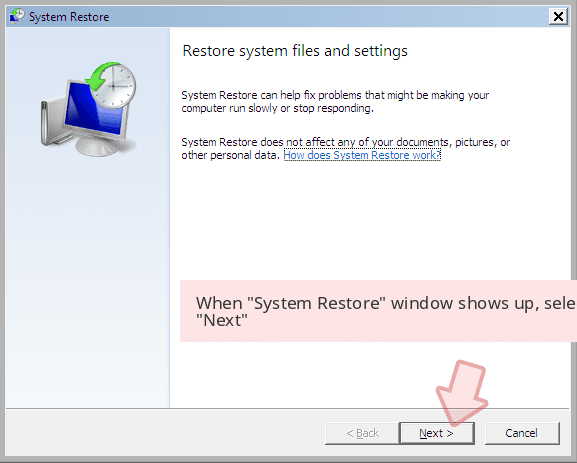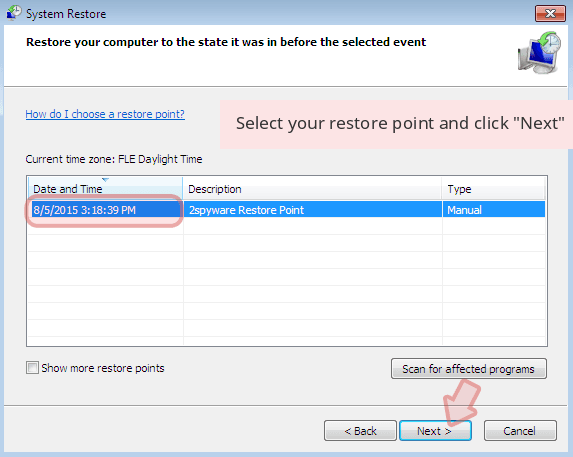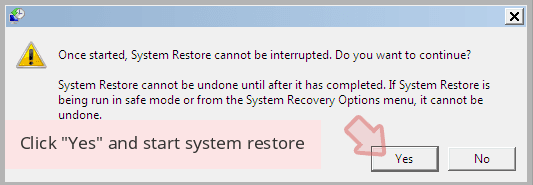Zonebac (Virus Removal Guide) - updated Aug 2018
Zonebac Removal Guide
What is Zonebac?
Zonebac – a dangerous trojan that is capable of disabling security software
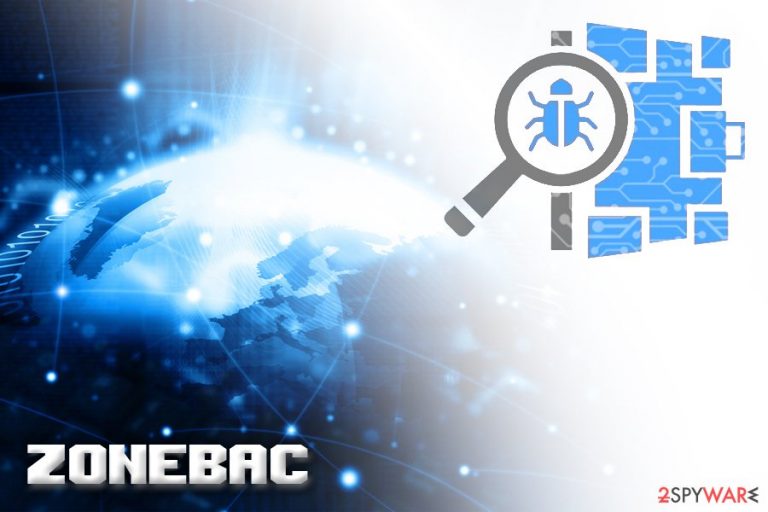
Zonebac trojan is a backdoor type of virus that allows attackers to perform several malicious acts on victims' devices. The primary executable runs as Isasss.exe in the Task Manager after the malicious payload is executed via UPX packer. There are several different variants of Win32/Zonebac malware, and most of them are known to terminate firewall and security software. Additionally, it allows the attackers to upload unwanted applications or install other viruses on the hijacked computer.
| SUMMARY | |
| Name | Zonebac |
| Type | Trojan |
| Distribution | Malicious sites, spam emails |
| Main goals | Install unwanted software/malware, steal sensitive data |
| Danger level | Medium. Can cause information leak and inject malware |
| Detection and elimination | use FortectIntego or Malwarebytes |
Zonebac virus is likely to infiltrate computers that are unprotected by security software. Therefore, it is vital to obtain reliable security software (experts recommend FortectIntego or Malwarebytes) and keep it updated at all times. In case your device got infected, you can remove Zonebac trojan using anti-malware tools without much effort.
To begin its malicious operation, Zonebac malware creates a 123.pid file in the Temporary files folder. From that point, it scans the computer for several executable files that are connected with security software or firewall. If found, Zonebac will terminate these processes. Additionally, malware is capable of self-destruction before security software can intervene.
Zonebac adds the value Lexmark_X74-X755 with data lsasss.exe to the HKEY_LOCAL_MACHINE\Software\Microsoft\Windows\CurrentVersion\Run subkey, ensuring that the virus will run with every boot of Windows.
All the computer modifications allow hackers to perform the following:
- Start or terminate various processes on the computer;
- Install additional software or malware on the device;
- Upload technical information to various remote servers;
- Upload sensitive information to remote servers;
- Take screenshots or use the camera remotely, etc.
Unfortunately, victims will have a hard time recognizing the Backdoor.Win32.Zonebac infection, as trojans generally emit no visible symptoms. Nevertheless, users can encounter system/software freezes or crashes, the slowdown of the device, an increased amount of ads on Google Chrome Internet Explorer or Mozilla Firefox, as well as security software malfunctioning. Additionally, advanced users can check for altered registry values and presence of System32\lsasss.exe.
If you suspect that your system has been infected with a trojan, make sure you scan it with anti-malware tool and remove Zonebac virus safely. If not, your personal information might be stolen and result in identity theft or money loss.

Be cautions while opening spam emails and browsing the internet
You should be aware that not taking cybersecurity seriously might lead to severe consequences, like identity fraud. Unfortunately, not many users take actions to prevent such a horrific scenario until it is too late. Therefore, security experts recommend using these precautions online:
- Download and install security software. The is one of the most crucial steps in preventing malware. Make sure you install reputable software that is capable of preventing most viruses from entering your machine.
- Update your operating system and software on time. Software developers constantly release security patches. These updates fix software vulnerabilities that can be used by cybercriminals to inject malware.
- Beware of spam emails. Malware authors often employ bots to send out thousands of phishing emails. These fake messages either include a malicious attachment or a disguised hyperlink that leads to virus infiltration. Therefore, learn to recognize phishing emails to avoid such attacks.
- Stay aware from pirated software and file-sharing sites. Torrent and similar websites are largely infested with malware. Thus, downloading and executing files from such unsafe sites is extremely dangerous.
- Use strong passwords. Using the same password for multiple websites is not a wise idea, especially if it is easy to guess.
Eliminate Zonebac using reliable security software
To remove Zonebac virus from your PC, you need to scan it with reputable anti-malware software. As we already mentioned, we recommend using FortectIntego or Malwarebytes. However, any other powerful tool will do the job too. However, make sure that the software's database is the latest version before scanning your computer.
We do not recommend performing Zonebac removal manually, because the trojan made several changes to the system. To revert them, an exceptional IT knowledge is required. Therefore, if you are an average computer user, pick automatic virus removal instead.
To make sure that the Zonebac trojan does not prevent malware-removal software from starting, enter Safe Mode with Networking as explained below.
Getting rid of Zonebac. Follow these steps
Manual removal using Safe Mode
To avoid Zonebac virus from disabling security software, enter Safe Mode with Networking:
Important! →
Manual removal guide might be too complicated for regular computer users. It requires advanced IT knowledge to be performed correctly (if vital system files are removed or damaged, it might result in full Windows compromise), and it also might take hours to complete. Therefore, we highly advise using the automatic method provided above instead.
Step 1. Access Safe Mode with Networking
Manual malware removal should be best performed in the Safe Mode environment.
Windows 7 / Vista / XP
- Click Start > Shutdown > Restart > OK.
- When your computer becomes active, start pressing F8 button (if that does not work, try F2, F12, Del, etc. – it all depends on your motherboard model) multiple times until you see the Advanced Boot Options window.
- Select Safe Mode with Networking from the list.
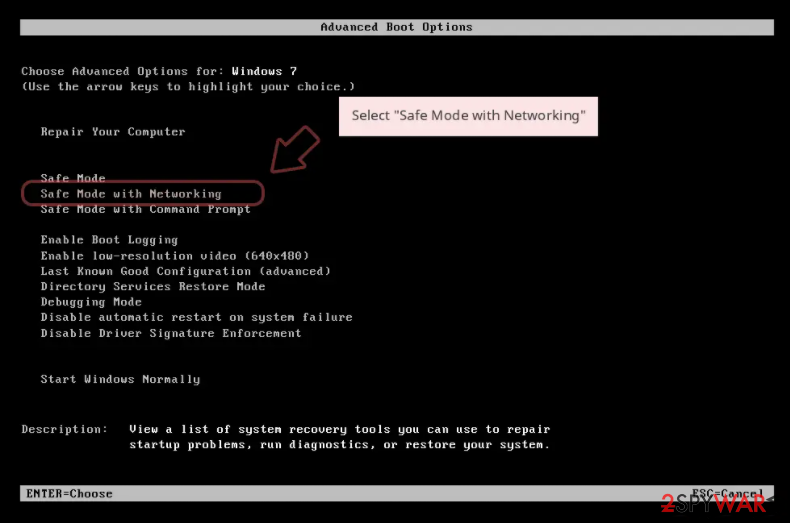
Windows 10 / Windows 8
- Right-click on Start button and select Settings.
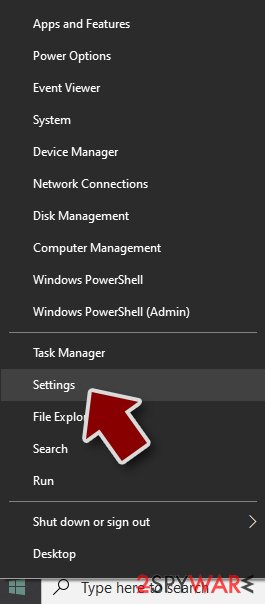
- Scroll down to pick Update & Security.
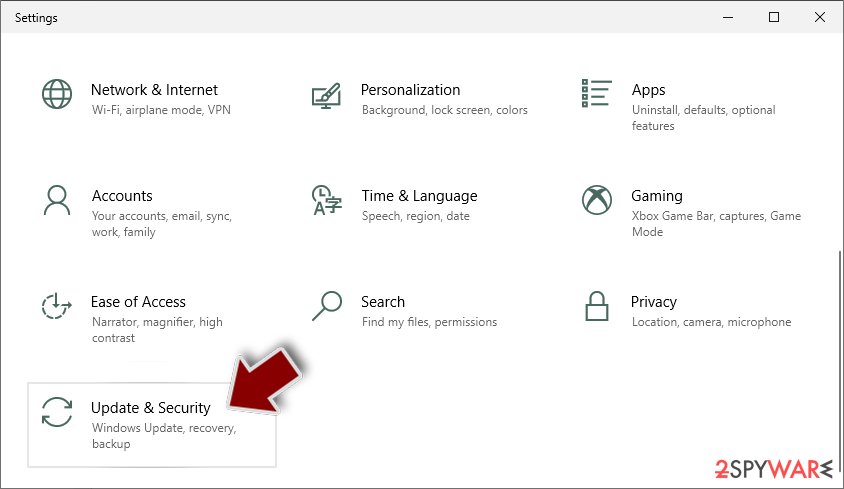
- On the left side of the window, pick Recovery.
- Now scroll down to find Advanced Startup section.
- Click Restart now.
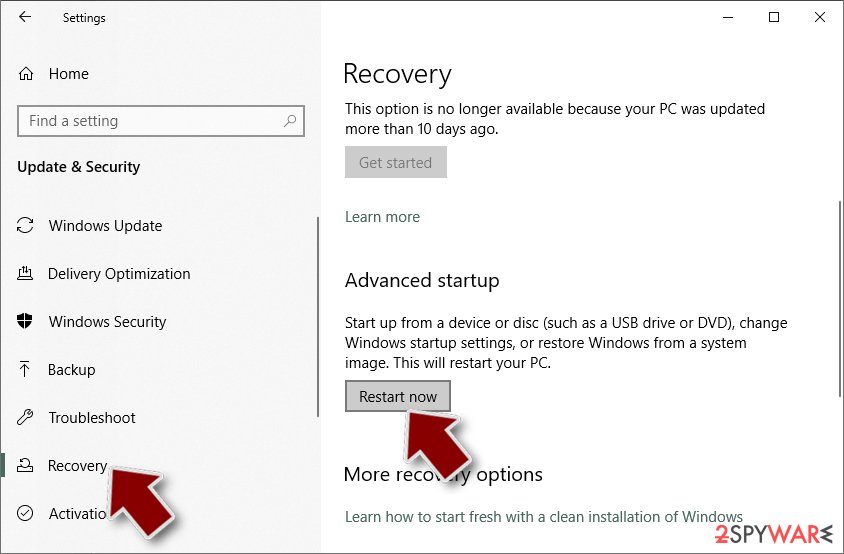
- Select Troubleshoot.
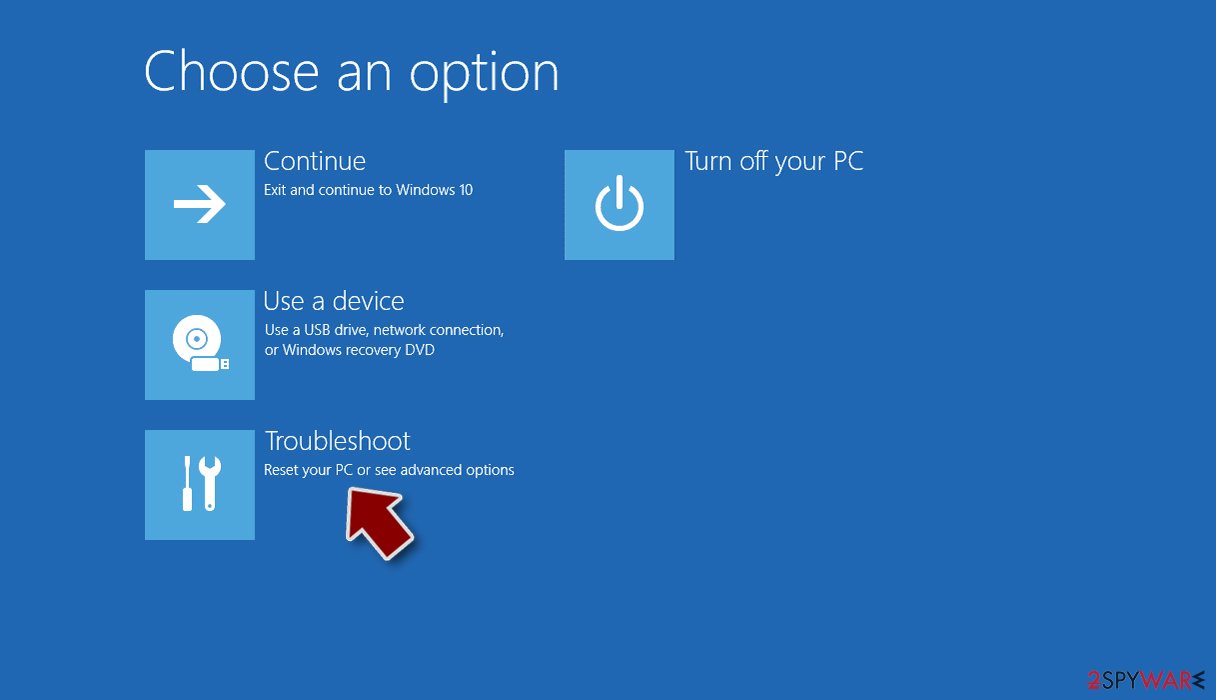
- Go to Advanced options.
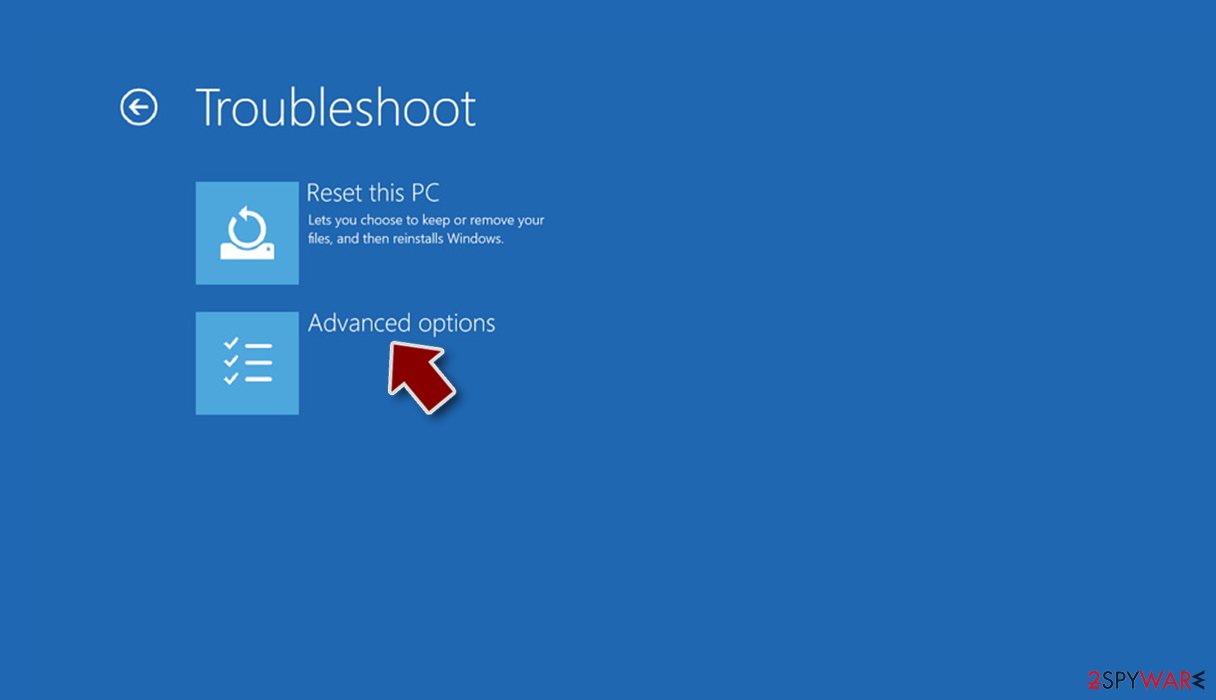
- Select Startup Settings.
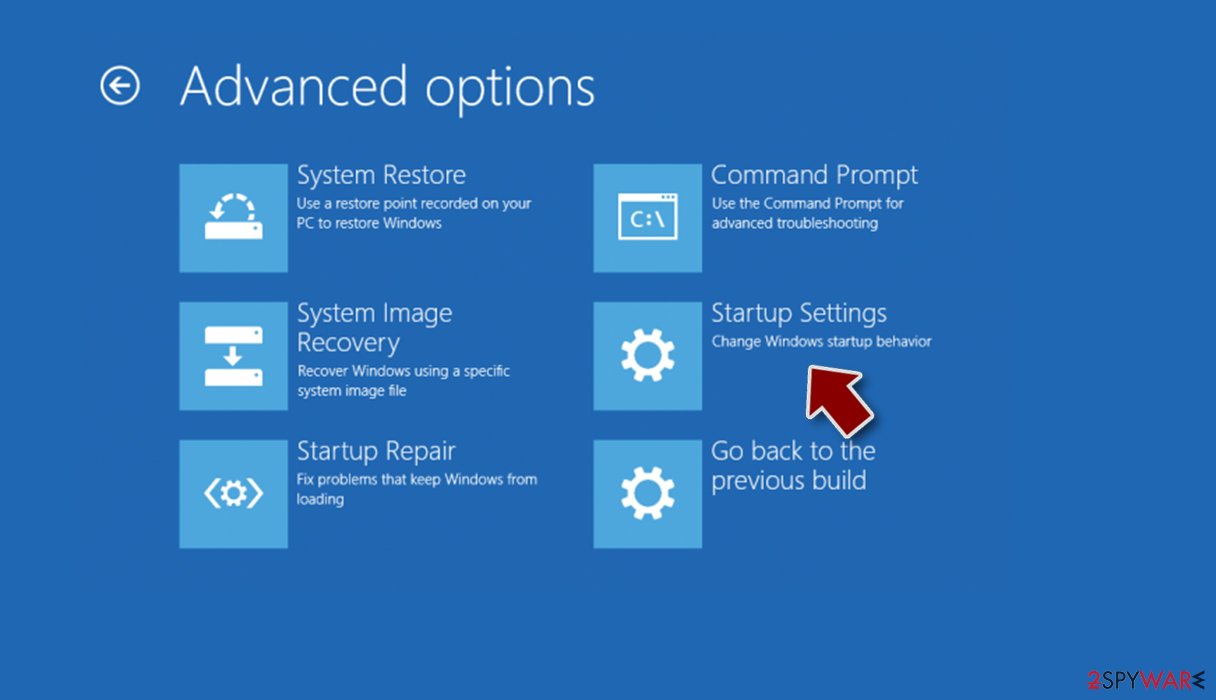
- Press Restart.
- Now press 5 or click 5) Enable Safe Mode with Networking.
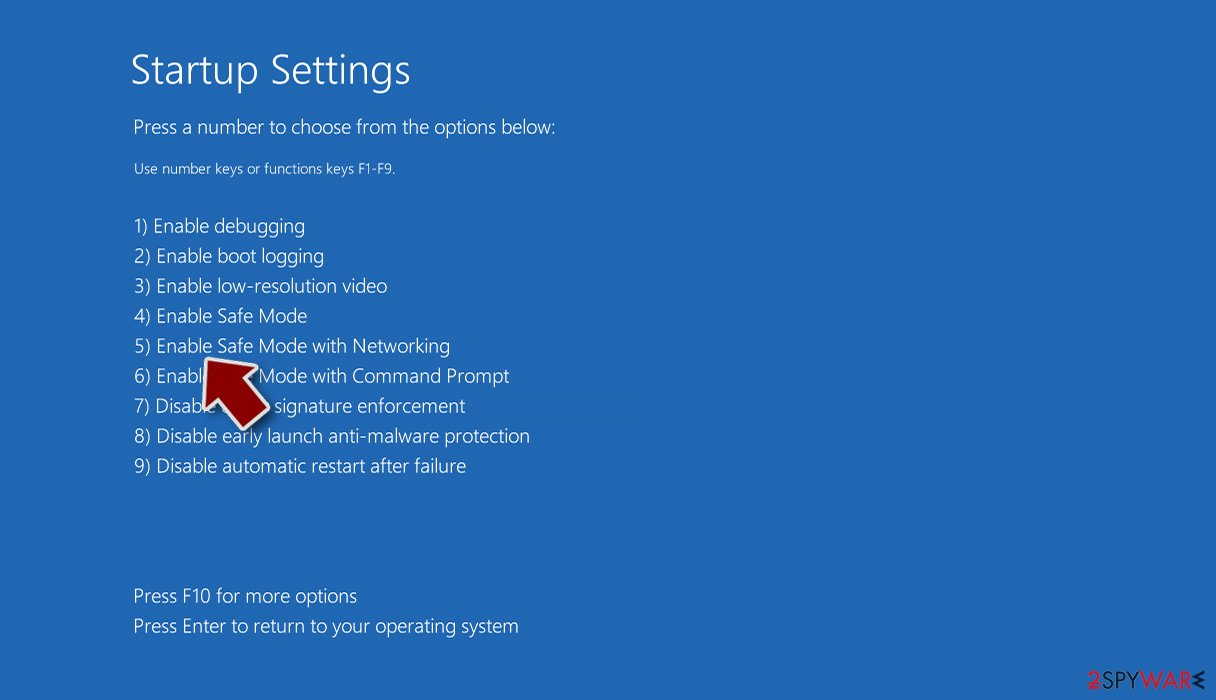
Step 2. Shut down suspicious processes
Windows Task Manager is a useful tool that shows all the processes running in the background. If malware is running a process, you need to shut it down:
- Press Ctrl + Shift + Esc on your keyboard to open Windows Task Manager.
- Click on More details.
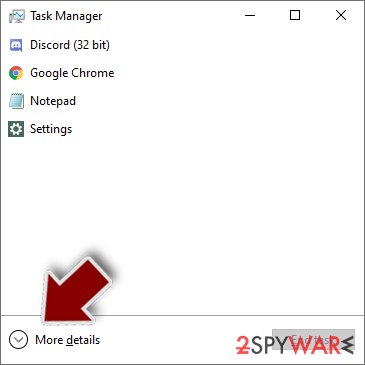
- Scroll down to Background processes section, and look for anything suspicious.
- Right-click and select Open file location.
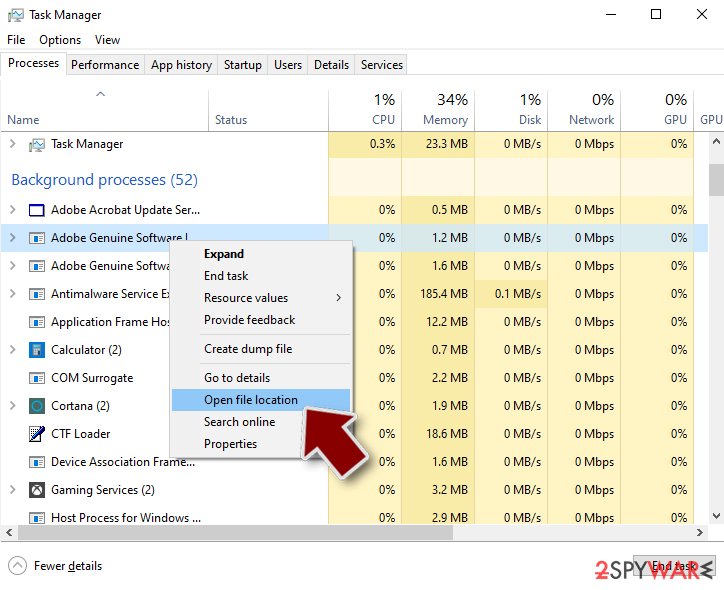
- Go back to the process, right-click and pick End Task.
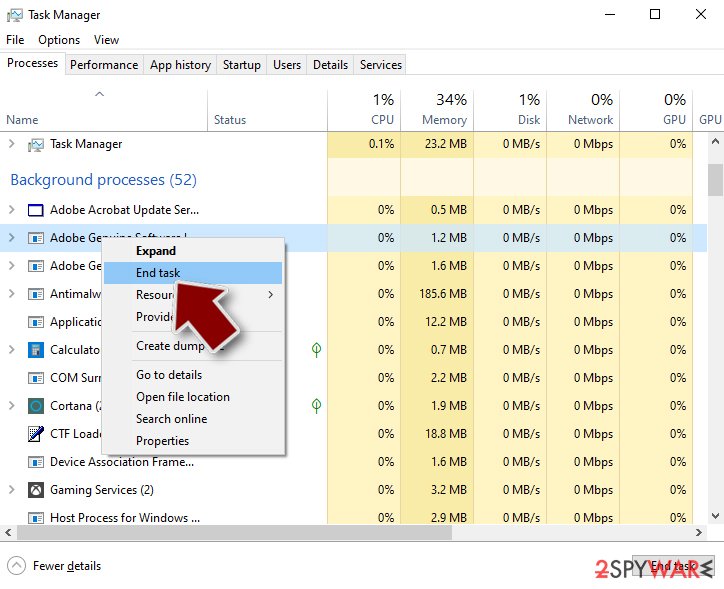
- Delete the contents of the malicious folder.
Step 3. Check program Startup
- Press Ctrl + Shift + Esc on your keyboard to open Windows Task Manager.
- Go to Startup tab.
- Right-click on the suspicious program and pick Disable.
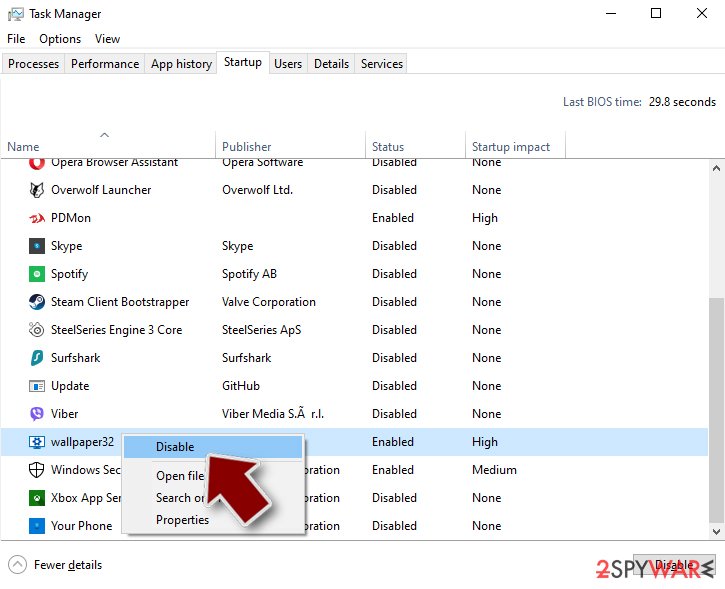
Step 4. Delete virus files
Malware-related files can be found in various places within your computer. Here are instructions that could help you find them:
- Type in Disk Cleanup in Windows search and press Enter.
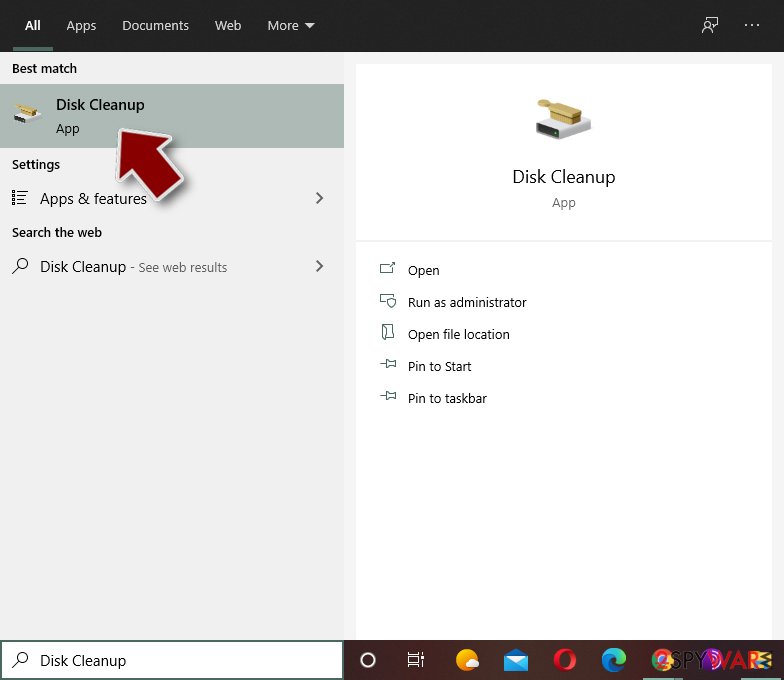
- Select the drive you want to clean (C: is your main drive by default and is likely to be the one that has malicious files in).
- Scroll through the Files to delete list and select the following:
Temporary Internet Files
Downloads
Recycle Bin
Temporary files - Pick Clean up system files.
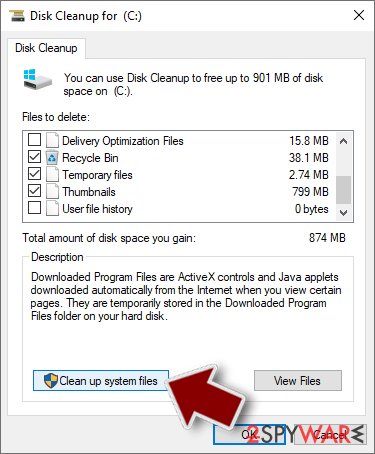
- You can also look for other malicious files hidden in the following folders (type these entries in Windows Search and press Enter):
%AppData%
%LocalAppData%
%ProgramData%
%WinDir%
After you are finished, reboot the PC in normal mode.
Remove Zonebac using System Restore
You can also disable the malware by using System Restore:
-
Step 1: Reboot your computer to Safe Mode with Command Prompt
Windows 7 / Vista / XP- Click Start → Shutdown → Restart → OK.
- When your computer becomes active, start pressing F8 multiple times until you see the Advanced Boot Options window.
-
Select Command Prompt from the list

Windows 10 / Windows 8- Press the Power button at the Windows login screen. Now press and hold Shift, which is on your keyboard, and click Restart..
- Now select Troubleshoot → Advanced options → Startup Settings and finally press Restart.
-
Once your computer becomes active, select Enable Safe Mode with Command Prompt in Startup Settings window.

-
Step 2: Restore your system files and settings
-
Once the Command Prompt window shows up, enter cd restore and click Enter.

-
Now type rstrui.exe and press Enter again..

-
When a new window shows up, click Next and select your restore point that is prior the infiltration of Zonebac. After doing that, click Next.


-
Now click Yes to start system restore.

-
Once the Command Prompt window shows up, enter cd restore and click Enter.
Finally, you should always think about the protection of crypto-ransomwares. In order to protect your computer from Zonebac and other ransomwares, use a reputable anti-spyware, such as FortectIntego, SpyHunter 5Combo Cleaner or Malwarebytes
How to prevent from getting trojans
Do not let government spy on you
The government has many issues in regards to tracking users' data and spying on citizens, so you should take this into consideration and learn more about shady information gathering practices. Avoid any unwanted government tracking or spying by going totally anonymous on the internet.
You can choose a different location when you go online and access any material you want without particular content restrictions. You can easily enjoy internet connection without any risks of being hacked by using Private Internet Access VPN.
Control the information that can be accessed by government any other unwanted party and surf online without being spied on. Even if you are not involved in illegal activities or trust your selection of services, platforms, be suspicious for your own security and take precautionary measures by using the VPN service.
Backup files for the later use, in case of the malware attack
Computer users can suffer from data losses due to cyber infections or their own faulty doings. Ransomware can encrypt and hold files hostage, while unforeseen power cuts might cause a loss of important documents. If you have proper up-to-date backups, you can easily recover after such an incident and get back to work. It is also equally important to update backups on a regular basis so that the newest information remains intact – you can set this process to be performed automatically.
When you have the previous version of every important document or project you can avoid frustration and breakdowns. It comes in handy when malware strikes out of nowhere. Use Data Recovery Pro for the data restoration process.



